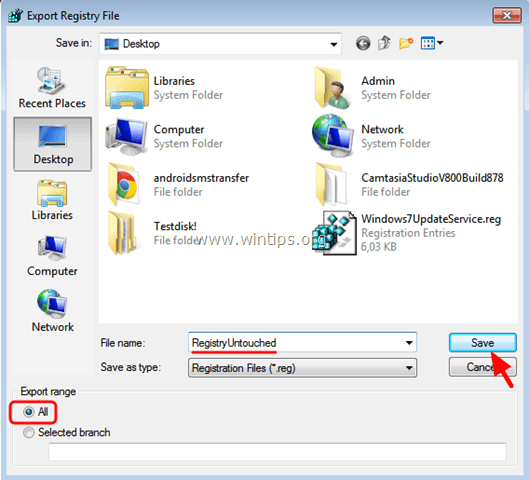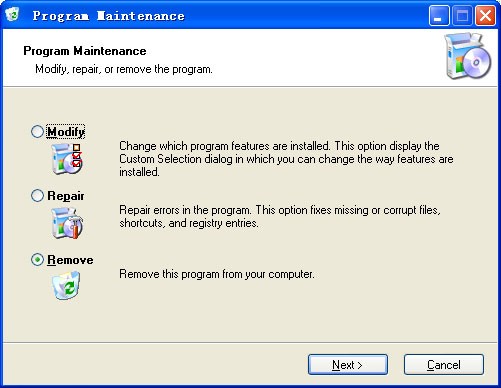Delete File After Install Inno Setup Registry
May include a comma separated list of parameters that Setup should pass. App}'; AfterInstall: Log('After MYPROG.CHM Install'). For which file the.
The astrology software Orion-Astro Maestro is the most advanced version of the range. Solar and lunar returns, transits, Indian astrology, humanist astrology, traditional astrology, geographic astrology, etc. More than 100 calculations! It is the most comprehensive of its kind. Charts and interpretations.Missing. Orion astro 2 0 serial season.
- How to Extract and Modify Inno Setup. To edit this file you need to install Inno Setup. Being installed you need to delete the following lines.
- Delete a file AFTER installation in InnoSetup. I need to delete some files after the installation. Browse other questions tagged file installer inno-setup.
HKCR (HKEYCLASSESROOT) HKCU (HKEYCURRENTUSER) HKLM (HKEYLOCALMACHINE) HKU (HKEYUSERS) HKCC (HKEYCURRENTCONFIG) The values may have a suffix of 32 or 64. Root key values with a suffix of 32 (for example, HKLM32) map to the 32-bit view of the registry; root key values with a suffix of 64 (for example, HKLM64) map to the 64-bit view of the registry. Root key values with a suffix of 64 can only be used when Setup is running on 64-bit Windows, otherwise an error will occur. On an installation supporting both 32- and 64-bit architectures, it is possible to avoid the error by adding a Check: IsWin64 parameter, which will cause the entry to be silently skipped when running on 32-bit Windows. A root key value without a suffix (for example, HKLM) is equivalent to the value with a suffix of 32 (for example, HKLM32) unless the install is running in, in which case it is equivalent to the value with a suffix of 64 (for example, HKLM64).

Can I Delete Dmg File After Install
None string expandsz multisz dword qword binary If none (the default setting) is specified, Setup will create the key but not a value. In this case the ValueData parameter is ignored. If string is specified, Setup will create a string (REGSZ) value. If expandsz is specified, Setup will create an expand-string (REGEXPANDSZ) value. If multisz is specified, Setup will create an multi-string (REGMULTISZ) value. If dword is specified, Setup will create a 32-bit integer (REGDWORD) value.
If qword is specified, Setup will create a 64-bit integer (REGQWORD) value. If binary is specified, Setup will create a binary (REGBINARY) value. Example: ValueData: '1.0' Specifies additional permissions to grant in the registry key's ACL (access control list). It is not recommended that you use this parameter if you aren't familiar with ACLs or why you would need to change them, because misusing it could negatively impact system security. For this parameter to have an effect the current user must be able to change the permissions on the registry key.
In the event these conditions are not met, no error message will be displayed, and the permissions will not be set. This parameter should only be used on registry keys private to your application. Never change the ACLs on a top-level key like HKEYLOCALMACHINE SOFTWARE, otherwise you can open up security holes on your users' systems. The specified permissions are set regardless of whether the registry key existed prior to installation.
The permissions are not set if ValueType is none and the deletekey flag or deletevalue flag is used. On Itanium editions of Windows, this parameter is only effectual on 32-bit registry keys. (There is no such limitation on x64 editions of Windows.) This parameter can include one or more space separated values in the format. The following access types are supported for the Registry section: Grants 'Full Control' permission, which is the same as modify (see below), but additionally allows the specified user/group to take ownership of the registry key and change its permissions.
Use sparingly; generally, modify is sufficient. Grants 'Modify' permission, which allows the specified user/group to read, create, modify, and delete values and subkeys. Grants 'Read' permission, which allows the specified user/group to read values and subkeys. Example: Permissions: users-modify This parameter is a set of extra options.
See More On Stackoverflow

Multiple options may be used by separating them by spaces. The following options are supported: When this flag is specified, Setup will create the value only if a value of the same name doesn't already exist. This flag has no effect if the data type is none, or if you specify the deletevalue flag.
When this flag is specified, Setup will first try deleting the entire key if it exists, including all values and subkeys in it. If ValueType is not none, it will then create a new key and value. To prevent disasters, this flag is ignored during installation if Subkey is blank or contains only backslashes.
When this flag is specified, Setup will first try deleting the value if it exists. If ValueType is not none, it will then create the key if it didn't already exist, and the new value. When this flag is specified, Setup will not attempt to create the key or any value if the key did not already exist on the user's system. No error message is displayed if the key does not exist. Typically this flag is used in combination with the uninsdeletekey flag, for deleting keys during uninstallation but not creating them during installation.
Don't display an error message if Setup fails to create the key or value for any reason. This is only applicable when the ValueType parameter is string or expandsz. When this flag is specified and the value did not already exist or the existing value isn't a string type (REGSZ or REGEXPANDSZ), it will be created with the type specified by ValueType. If the value did exist and is a string type, it will be replaced with the same value type as the pre-existing value. When the program is uninstalled, set the value's data to a null string (type REGSZ). This flag cannot be combined with the uninsdeletekey flag.
When the program is uninstalled, delete the entire key, including all values and subkeys in it. It obviously wouldn't be a good idea to use this on a key that is used by Windows itself. You should only use this on keys private to your application. To prevent disasters, this flag is ignored during installation if Subkey is blank or contains only backslashes. When the program is uninstalled, delete the key if it has no values or subkeys left in it. This flag can be combined with uninsdeletevalue.
Give More Feedback
To prevent disasters, this flag is ignored during installation if Subkey is blank or contains only backslashes. Delete the value when the program is uninstalled. This flag can be combined with uninsdeletekeyifempty. NOTE: In Inno Setup versions prior to 1.1, you could use this flag along with the data type none and it would function as a 'delete key if empty' flag. This technique is no longer supported. You must now use the uninsdeletekeyifempty flag to accomplish this.
The InstallDelete section is the first step of the installation process, the Run section is performed much later. So if you're going to delete something what is installed from the Run section, you are doing it wrong. If you don't want to use a code in the Code section, use e.g. Del command and run it from the Run section somewhere after the installation entry. But, as Miral suggests, the best is to look if there's a way to prevent the installer even create those shortcuts. – Sep 4 '13 at 12:26.